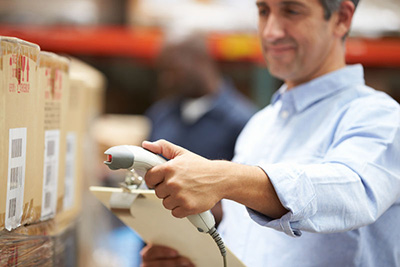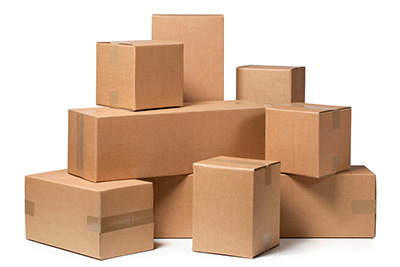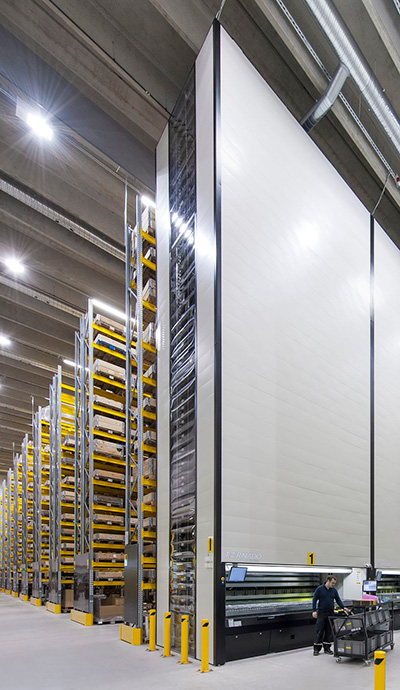 Where initially online retail was limited to a handful of products, we can now even buy our next family car by browsing the internet and ordering the model and features we want. No need, any longer, to visit a showroom.
Where initially online retail was limited to a handful of products, we can now even buy our next family car by browsing the internet and ordering the model and features we want. No need, any longer, to visit a showroom.
Online retail has also changed consumers’ expectations. With the ability to get deliveries within days of order – often within 24 hours and even, increasingly, same day – so expectations change; immediacy and responsiveness become key determinants for any successful commercial enterprise.
Cost is also a factor, as consumers can so easily compare products and prices, shopping around for the best buys while browsing on their phone or tablet.
At the same time, consumers still demand quality, convenience and great customer service. They also expect an easy returns system. According to one statistic, in the US alone some 3.5 billion items are returned every year, only 20% of which are defective.
Europe is not far off, either. While the number of online purchases increased during the last few years, so did the returns, with countries that recorded 40% to 50% return rates, recently (UK, France, Spain, Italy etc.) or even over 50% (like Germany and The Netherlands).
 Therefore, getting goods back to the warehouse quickly and efficiently, and processing refunds, is almost as important as despatch.
Therefore, getting goods back to the warehouse quickly and efficiently, and processing refunds, is almost as important as despatch.
The Coronavirus pandemic has accelerated this move to ecommerce still further, with lockdowns closing bricks and mortar stores. Even consumers who might prefer to ‘go out’ to shop are having to resort to online ordering.
This change in consumer behaviour and expectations in turn affects logistics and the supply chain. More than ever, speed, efficiency and quality are essential to a successful commercial organisation, and smaller operators have to innovate to ensure they can compete with the big players in the market.
Supply chains also have to cope with increasing volume of goods and so are ramping up their use of third and fourth party logistics providers (3PL and 4PL) to ensure they remain competitive, as well as focusing on efficiency, costs and end-to-end traceability.
Technology is also advancing to aid the logistics and supply chain process, for example with the experimental use of drones for delivery, and artificial intelligence solutions.
Warehousing and storage: innovations to help logistics remain competitive
 Against this backdrop, it is clear that the bigger players are setting the pace and so, to remain competitive, smaller players need to adapt. But how?
Against this backdrop, it is clear that the bigger players are setting the pace and so, to remain competitive, smaller players need to adapt. But how?
The answer is investment. By investing in new, more efficient, and perhaps automated equipment for warehousing and fulfilment centres, the accuracy and speed of the warehousing and storage operation can be greatly improved. More modern technology makes it faster and more efficient.
Take automated warehousing, for example. Regardless of the size of operation, efficiency can be increased through automation, which ensures the best use of floor space, maximising storage volume. Automation also:
- Increases availability of goods
- Keeps picking error rates to the minimum
- Minimizes throughput times
By reconfiguring pallet racking, efficiency is also improved. There are a range of automated or semiautomated options available, such as drive-in racking, mobile racking (MOVO), or first-in, first-out (FIFO) pallet-flow systems.
Investing in shelving that meets the needs of the goods to be stored also contributes to efficiencies. For example, mobile shelving will maximise the use of floor space, while multi-tiered systems with mezzanine make full use of the height of a building. All tried and tested methods for increasing capacity.
Automation, racking and shelving: investment in these three areas, where innovative solutions are available, is guaranteed to increase the capacity and efficiency of warehousing, while keeping costs down.
As consumers demand more, and as expectations are raised, so the supply chain and logistics industry must respond and also remain competitive. For smaller players, investment in warehousing solutions play a key part in this, not just now but in the future.
If you operate in logistics or supply chain, perhaps running a 3PL or 4PL operation, please get in touch to discuss how warehouse innovations will help your business remain competitive.